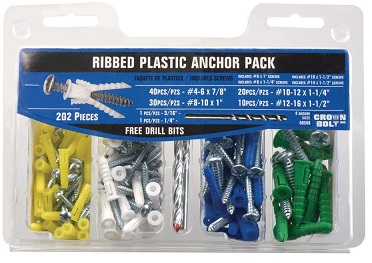Do you think it possible and safe to hang this cabinet on this wall with no support below it?
It is 38 x 90 x 100cm and weighs something like 30kg, It is intended to fill it with dishes and such so it'll get even heavier. The wall is reinforced concrete.
I've looked around at videos and forums for advice but can't find anything definitive and I don't want to whole thing falling off the wall in the middle of the night.
If it is possible then what are correct type of supports to use? Thanks for any help and advice.
Edit after reading all the answers and comments:
I accepted an answer which I think seems good for fixing something like this to a concrete wall, but I have my doubts about the structural integrity of this cabinet floating on a wall (full of crockery) after examining it further and so I'm going to find a table or base cabinet for it instead. Thanks to everyone for your great input.











